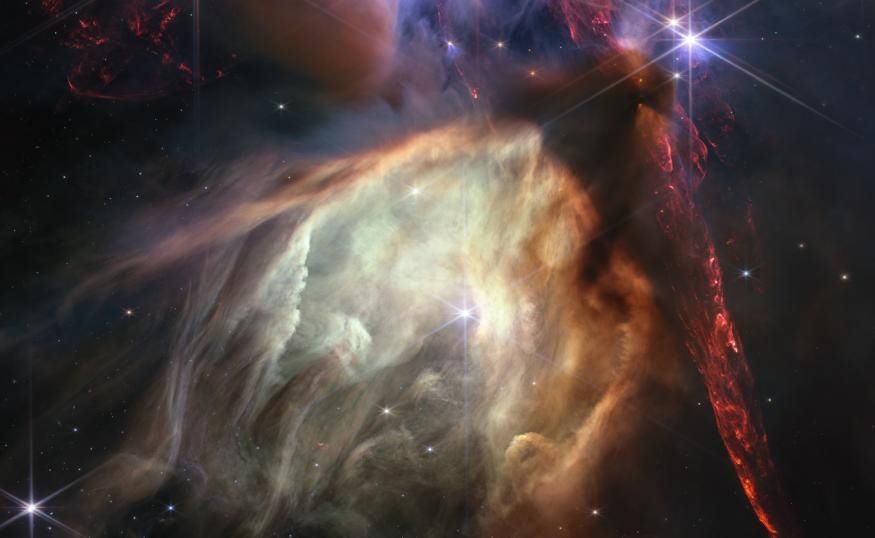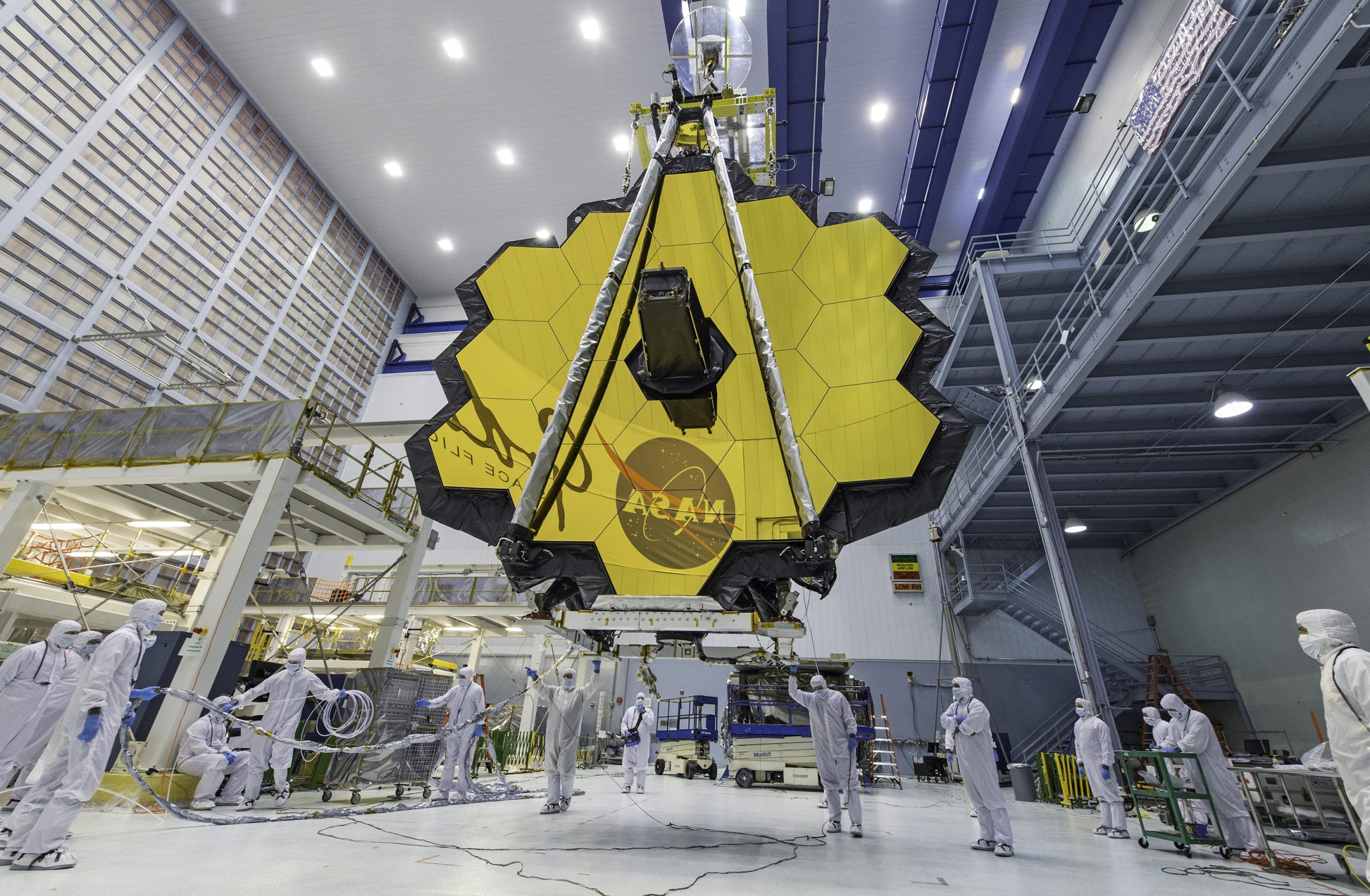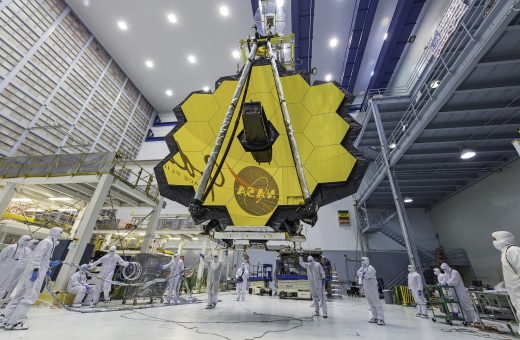Astronomers confirm Maisie’s galaxy is one of the oldest observed
James Webb telescope marks first anniversary with an image of a nearby stellar nursery

It’s hard to believe, but the James Webb Space Telescope started sending out stunning images of the universe one full year ago. To commemorate the milestone, NASA’s letting the telescope do what it does best, showing us obscenely cool space shots. The latest and greatest image depicts a (relatively) nearby region of space that’s a galactic nursery of sorts, with 50 young stars that could one day form systems that resemble our own.
The Rho Ophiuchi cloud complex is approximately 390 light years from Earth, which is peanuts when compared to the vastness of space, though it would still take 14,500,000 years of travel to get there using current technology. The stars shown in the image are mostly similar in mass to our beloved sun and some even boast the beginnings of circumstellar disks, which are the swirling rings of gas and dust where planets are born.

So what are those gorgeous red swirls? Those are huge jets of molecular hydrogen, which occur when a star bursts through its natal envelope of cosmic dust and stretches out into the universe for the very time. New life is beautiful, and red. Mostly red.
“Webb’s image of Rho Ophiuchi allows us to witness a very brief period in the stellar life cycle with new clarity. Our own sun experienced a phase like this, long ago, and now we have the technology to see the beginning of another’s star’s story,” said project scientist Klaus Pontoppidan.
The James Webb Space Telescope has been dropping hit after hit throughout this past year. There was the first image of an interstellar asteroid belt, a harrowing scene depicting the Pillars of Creation, a picture of an early-universe galaxy cluster and so much more. It still hasn’t found aliens though. What’s up with that?

(12)


